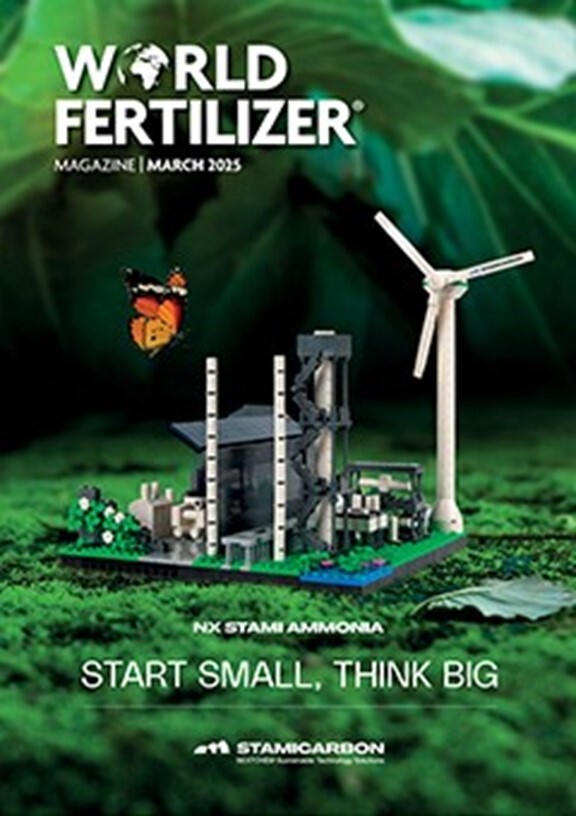Publication: World Fertilizer
Date: March 2025
Expert: John SULDICKAS, Anand SUNDARARAMAN and Juan GONZALEZ LEON
The transport and handling of mineral fertilizers from production sites to their final application in the fields can present challenges related to dust generation. Excessive dust release from fertilizers can lead to human health concerns and material loss, reducing the overall effectiveness of the product.
Fertilizers are produced in both powder and granulated forms. The amount of dust released during handling depends on various factors, including chemical composition of the fertilizer and the way it was produced or granulated. For example, it is known that phosphate-based fertilizers tend to release more dust than other types of fertilizers, such as ammonium nitrates. Similarly, compounded NPK can also release large amounts of dust during handling. The fertilizer production method also greatly impacts the amount of dust generated. Compacted fertilizer granules typically produce more dust than granulated ones. A granulation process that results in a higher hardness of the granules will generate less dust.
Dust generation primarily occurs due to mechanical abrasion from particle movement and aging under ambient conditions. Small fractions of the granule break and detach from the granules, forming fine particles that can be liberated into the air. Irregular granules with jagged edges, made of friable components, are more likely to break into dust particles than smooth spherical granules. In some cases, as in compound NPKs, some of the raw materials are not completely bonded into the granules and can easily detach. In other instances, dust may be generated by the breakage of friable crystals that form on the surface of the granules after their production. This is more likely to occur if the fertilizer is subject to humidity and temperature changes. Figure 1 shows an example of a granule that generates dust during handling. Although the granule looks smooth and compact, there are imperfections and tiny crystals on the surface that can detach under impact, such as a long drop when filling up a vessel. These are often part of the production and handling process and are very difficult to avoid completely.
To read the full article, please download the PDF.

